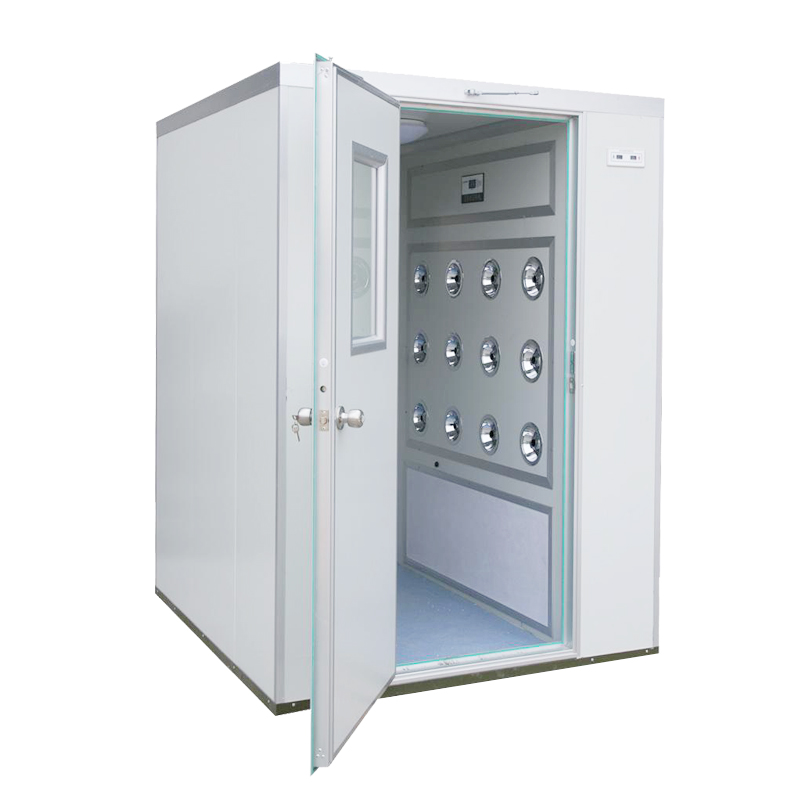

Air showers are designed to be effective in removing su […]
Air showers are designed to be effective in removing surface contaminants from individuals entering cleanrooms or controlled environments. The key to their effectiveness lies in the high-velocity, filtered air streams they generate. Here's how they work:
High-Velocity Air Jets: Air showers are equipped with nozzles or jets that release high-velocity, filtered air. These jets are strategically positioned to cover the entire body surface of the person entering the cleanroom.
Forceful Removal of Particles: The high-velocity air jets create a turbulent air flow that is effective in dislodging and removing loose particles, such as dust, lint, and other contaminants, from the person's clothing and body.

HEPA or ULPA Filtration: The air used in the shower is typically passed through high-efficiency particulate air (HEPA) or ultra-low penetration air (ULPA) filters. These filters are capable of capturing very small particles, ensuring that the air blown onto the person is of a high cleanliness level.
While air showers are effective in reducing contamination, they are most successful when used as part of a comprehensive cleanroom protocol. Proper gowning procedures, air filtration within the cleanroom, and strict adherence to cleanliness standards are also essential components of maintaining a controlled environment.
It's important to note that air showers are not a substitute for other cleanroom practices but rather complement them by removing larger particles before entry. Regular maintenance and monitoring of the air shower system are also crucial to ensure its continued effectiveness.
Our new models offer superb design;competitive prices and their new features give them distinct advantages over similar products from other manufacturers.